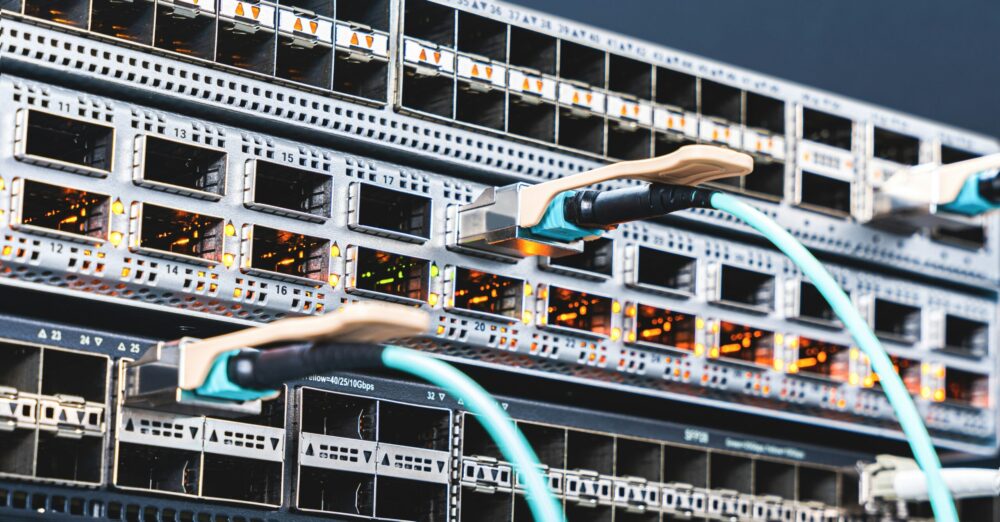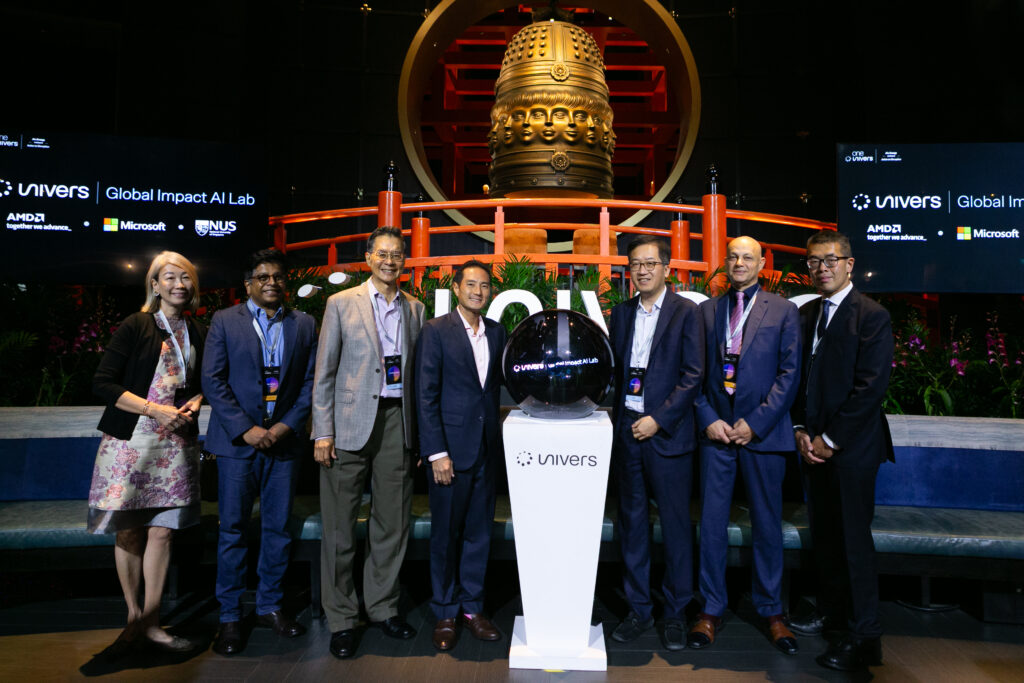Why we need an AI for Energy

The advances in artificial intelligence (AI) since 2022 have been the decade’s biggest story in technology. McKinsey’s 2025 State of AI report shows that AI adoption in at least one function by businesses has quadrupled (from 20% to 80%) since 2017, with the average company in its survey now using it to assist in three areas of its operations. More than 90% of Fortune 500 companies are making use of AI products, whether this is generative AIs, like ChatGPT, or the less-publicised but (at least) equally valuable big-data-crunching, analytical models.
The rise of AI and its rapid progress in this short period is extremely fortuitous, because the most urgent problem of our time is climate change, and that is a problem it can help with. There is a strong scientific consensus that humans need to drastically curb their greenhouse gas emissions to address this. This means, most of all, cutting down fossil fuel energy use, moving instead to electricity produced by solar, wind or water-powered generators.
Again, we are fortunate, because the technologies for renewable power are widely understood and production is already well-developed. And because renewables require no additional fuel (beyond the likes of sunlight and wind) and are in mass production, they’re also becoming cheaper than conventional energy, both to buy and to run. Going green does not require sacrifice or reduced profitability: indeed, it is a source of cost-savings and even added revenue, through energy trading.
Clarity and chaos
The clarity and simplicity of the overall goal, and the availability of solutions, swiftly becomes very much more complex as soon as objectives turn into action, though. Climate goals, regulations, reporting, tariffs and trading mechanisms demand precise measurement as well as reduction. For larger organisations with multiple sites, there will be many thousands of items in their energy inventory, and perhaps millions of moving data points. And driving real efficiencies in energy use, storage and generation requires monitoring, analysis and control at the finest levels.
Sustainability for businesses is increasingly a data problem, one that requires AI for its solution.
A good example of how AI brings a better solution for energy management is in HVAC (heating, ventilation and air-conditioning) systems. These systems will be employed by almost any large business, and for businesses that are largely based in office buildings, frequently account for more than half of a company’s energy use, especially those in more tropical or frigid climates.
Our global VP, Arun Poojari, describes this in detail in an earlier article, but such systems can be optimised according to a large array of variables, such as the current temperature, weather forecasts, room occupancy and the nature of the space concerned. But the level of data needed for fine control across hundreds of rooms in hundreds of buildings is beyond the capabilities of human teams or even conventional software. It is ideal for agentic AI, however — continually juggling thousands of parameters to proactively tune systems, update records and detect anomalies.
That’s a solution that Univers has already deployed many times for customers, as one facet of EnOS™ Ark. The results are impressive, with real-world installations leading to 15-25% cuts in energy usage, with the correspondingly lower utility bills creating a rapid return on investment (ROI). It also saves valuable time: one of our customers, Certis, reports a 10% uptick in productivity, since it no longer needs its employees to spend time noting measurements and adjusting controls.
Beyond HVAC: Orchestrating the Entire Energy Ecosystem
HVAC, of course, is only one part of a business’s energy ecosystem, and far from the whole picture. Today’s enterprises operate a diverse set of assets—solar, wind, battery storage, EV charging, manufacturing equipment, and more. Each generates vast amounts of data that needs to be integrated, analysed, and acted on.
The challenge is not just scale, but variety. Energy data comes in different forms, from real-time sensor readings to regulatory reporting requirements, all of which must work together if organisations are to reach their climate targets. This is where platforms that bring data into a single platform and apply AI across the ecosystem become essential; helping businesses optimise energy flows, balance consumption and storage, and support compliance with increasingly strict reporting standards.
This only increases the necessity for AI, and why AI extends across EnOS™ to provide an all-in-one nerve centre for all the organisation’s energy flows, orchestrating data from entirely different systems and devices. Since the exact requirements and existing hardware at our customers is always different, the aim is to be hardware-agnostic, adapting to whatever data is readable and adding IoT sensors to fill the gaps. This diversity of potential scenarios also means that we made EnOS™ extensible, including ready-made application building blocks that can tap into collected data and apply AI to produce custom dashboards and insights.
AI is a fast-developing field, with new developments in the technology and its use-cases announced almost every week. While the overall aims of our planet’s response to climate change remain clear, the same pace of change is also present — with new goals, regulations and technical possibilities emerging with the same regularity.
This combination of two fast-moving fields can be confusing and perhaps intimidating to businesses that rightly want to concentrate on their own immediate specialism, be that running hotels or delivering parcels. At Univers, our intent is to take those difficulties out of our customers’ in-trays and move them into ours. To apply the latest technology to the latest complexities, as well as those that already exist, behind the scenes, so customers can concentrate on achieving their objectives, rather than working out how.
Recognition and Momentum in the Industry
The importance of AI-enabled energy management is being recognised globally. Gartner® named Univers a Leader in the 2025 Magic Quadrant™ for Global Industrial IoT Platforms
According to the report:
“The vendor’s EnOS includes capabilities such as Ark AI Energy and Resource Management (RM), Wind AI Analytics and Renewable Power Forecast for supporting industrial customers transitioning from automation to autonomous intelligence at scale.”
This recognition highlights how platforms like EnOS™ are enabling enterprises to consolidate and manage energy assets at scale, turning data complexity into actionable insights for optimisation, compliance, and sustainability.
image credit: Lightsaber Collection on Unsplash








